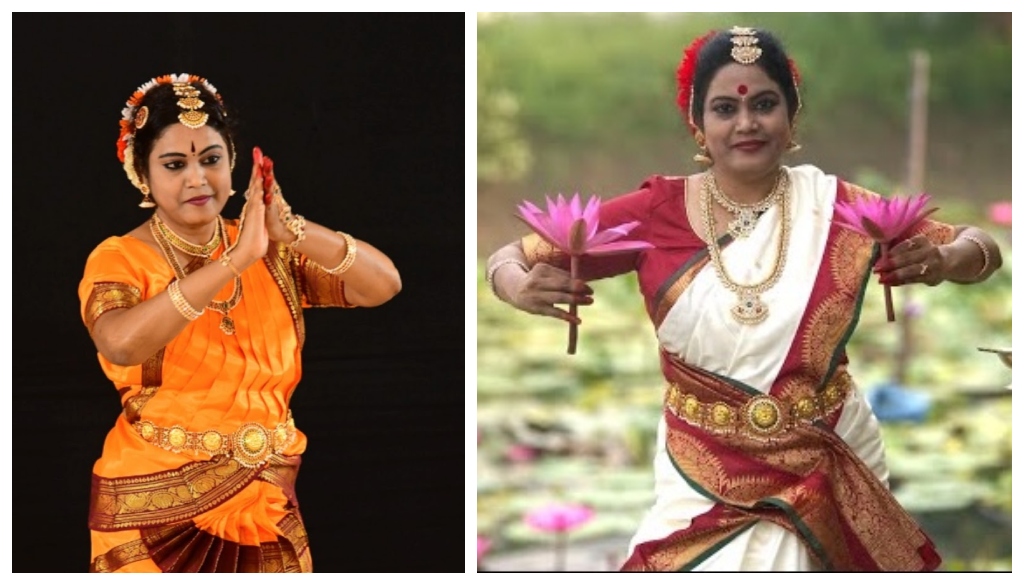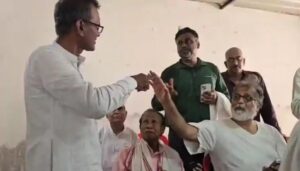From Natyashastra to World Dance Day: Honouring India’s Legacy

Dr. N. Vijaya Lakshmi
Every year, on April 29, the world comes together to celebrate World Dance Day — a tribute to Jean Georges Noverre, the French artist often hailed as the father of modern ballet. While we honour this global tradition, it is also a poignant moment to reflect on India’s profound and ancient legacy in the world of dance.
Dance, for us in India, is not just an art form — it is a way of life, an offering, a celebration of the soul’s deepest emotions. Our history of dance stretches back thousands of years. It fills me with pride to recall that the Natyashastra, often called the world’s first encyclopaedia of drama and dance, was composed in our country by the sage Bharatmuni. Today, both the Bhagavad Gita and the Natyashastra are honoured globally, having found a place in UNESCO’s Memory of the World Register. This recognition is not just of historical texts but of the living, breathing spirit of India’s cultural heritage.
From the temples of the South to the courts of the North, from folk traditions to classical masterpieces, our dance forms — Kathak, Bharatanatyam, Odissi, Kuchipudi, Manipuri, Mohiniyattam and more — embody a seamless blend of devotion, discipline, and creativity. Each step, each gesture carries centuries of wisdom and beauty.
In this spirit, I feel we should dedicate a day in India specifically to honour Bharatmuni — a day to celebrate dance and drama, the gifts that have shaped our civilisation’s emotional and artistic landscapes. It is essential for our younger generation to connect with this magnificent tradition. Dance is not merely performance; it is a dialogue with our own selves, a medium to experience cultural roots with pride and gratitude.
Speaking personally, my own journey with dance has been deeply enriching. Growing up in Andhra Pradesh, I was drawn to the lyrical grace of Kuchipudi from an early age. Later, I formally trained in Bharatanatyam, which opened even greater dimensions of understanding and expression. Performing on several prestigious platforms, and immersing myself in the world of Telugu cinema — known for its rich musical and dance heritage — I discovered how art builds resilience, focus, and a sense of inner harmony.
Today, I see a wonderful trend in Bihar, where music and dance teachers have been introduced in many schools, and children are embracing the arts with enthusiasm. I cannot emphasise enough how transformative learning an art form — be it music, dance, or drama — can be for young minds. It is not just about acquiring a skill; it is about moulding character.
For me, dance transcends mere hobby or entertainment. It is spiritual tapasya. When you lose yourself in the rhythm, the body, mind, and soul align in a sacred confluence. True dance demands a fine balance of discipline and surrender — and through it, one touches the infinite.
On this World Dance Day, let us remind ourselves and the next generation that dance is not just a celebration of movement, but a timeless bridge between the human spirit and the divine. Let us cherish it, nurture it, and allow it to guide us towards a fuller, more harmonious life.
(The author is a senior IAS officer and Bharatnatyam dancer)





